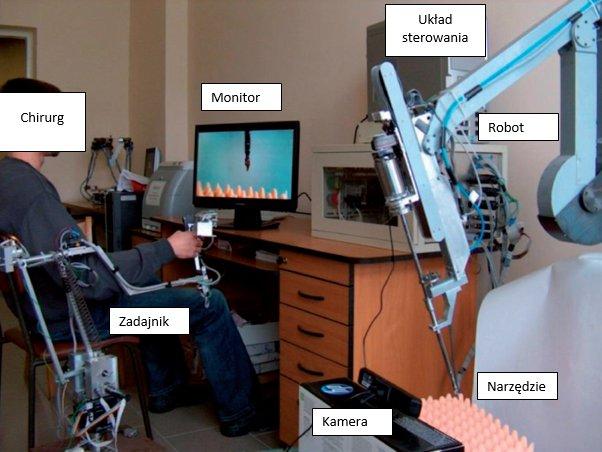Robot-assisted cardiac surgery is becoming commonplace. Surgical procedures are performed not by robots, as you may have expected, but by doctors - surgeons with a hand-held input device (what would be a joystick in computer games). The surgeon's moves are processed by a computer - a control system - and transmitted to the robot to perform them by moving the surgical tooltip. Everything is performed in a way that ensures that the tool performs moves identical to the surgeon's hand. And that could be all there is to say about the robot's work.
However, a question arises: why are surgical robots so popular if the surgeon still has to do the work? The primary advantages of robot-assisted surgeries relate to the control system. Scientists have concluded: if we can track the movement of the surgeon's hand - a theoretical tool - we can do something with this information before sending it to the robot. And this is where a range of advantages of using such an instrument become evident.
Benefits of using robots
The main ones include:
- precision of movements – or the possibility of motion scaling - by measuring the movements of the surgeon and dividing the measured values by the scaling number. As a result, the tool mounted on the robot will perform smaller movements that the surgeon on the console - the hand-held manipulator. That means that much greater precision of movements can be achieved (in extreme cases, the tool can make movements 10 times smaller than the surgeon's hand);
- stability of movements – tremor filtration – sometimes surgeons – especially, the more experienced ones - will have a problem with hand tremors. What does a robot have to with this? A particular type of filtration can be programmed into the control system to 'smooth down' any hand tremors, which, in turn, will significantly boost the stability of movements and the patient's safety;
- minimal invasiveness – one of major advantages. First surgical robots assisted in cardiac surgeries. They allowed surgeons to get to the heart between the costae (ribs) and eliminated the need to cut them. This reduced the post-surgical hospitalization time from several months (2-3) to several weeks (2-3) and there is less scarring than when traditional method is used.
Wider application
The three advantages caused medical doctors to use these robots for procedures quite different from the ones they had been intended for. The most common are: colon cancer surgery, prostate surgery, gynecological procedures, etc.
What does it all have to do with the title of this blog post? If medical doctors still need to control robots, how are robots to perform the surgery on its own? Scientists around the world are already working on it.
Time for a joke: 'A scientist designed a face-shaving robot. During a press conference, a journalists asks: 'How is this robot to shave any face, if every male's face is different?' to which the scientist replied: 'That is true. But only till the first shave'.
So, are we going to be all the same after the surgery? Well, no. This is quite complicated because our internal organs differ slightly and surgical procedures cannot be fully-automated. Step by step, surgical robots gain more and more autonomy. Currently, there are procedures where robots are allowed to tie a suture knot or pick up the suture needle pierced through the patient's tissue.
What research on robots is conducted by TUL's scientists? Answer in the next post.





